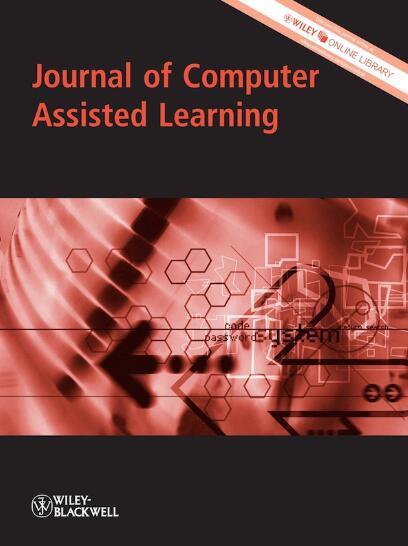Middle School Students' In-Moment Engagement in Synchronous Online Learning: An Activity–Community of Inquiry Approach
Abstract
Background
Amidst the increasing application of online education in the post-COVID era, new challenges in student engagement have emerged. However, most studies on online engagement have adopted macro-level approaches and relied on self-report measures of retrospective engagement. Few have examined micro-level engagement in terms of real-time and in-the-moment engagement in synchronous online learning environments underpinned by robust theoretical frameworks.
Objectives
This study presents a qualitative examination of the relationship between various technology-supported online teaching and learning (T&L) activities and middle school students' in-moment engagement by constructing a framework based on Community of Inquiry and Activity Theory.
Methods
Sixty-two middle school students participated in this synchronous online course. We collected data from multiple sources, including video and screen recordings of the lessons, students' performances, the digital artefacts students created, log data from Zoom's chat room and students' interactions over an online platform, Desmos. A thematic analysis was employed after identifying the mediated actions as units of analysis and indicators based on three dimensions (behaviour, cognitive and emotional) of engagement.
Results
The results indicated that students' in-moment engagement in online T&L activities was most prevalent during activities that stimulated cognitive presence, followed by those engendering social presence. We also highlight the influence of different tools and technologies through the lens of the Activity–Community of Inquiry framework.
Implications
The study contributes theoretical and methodological insights into understanding students' engagement in synchronous online environments, and into future research and instructional design in technology-supported teaching and learning in an online context.


 求助内容:
求助内容: 应助结果提醒方式:
应助结果提醒方式:


